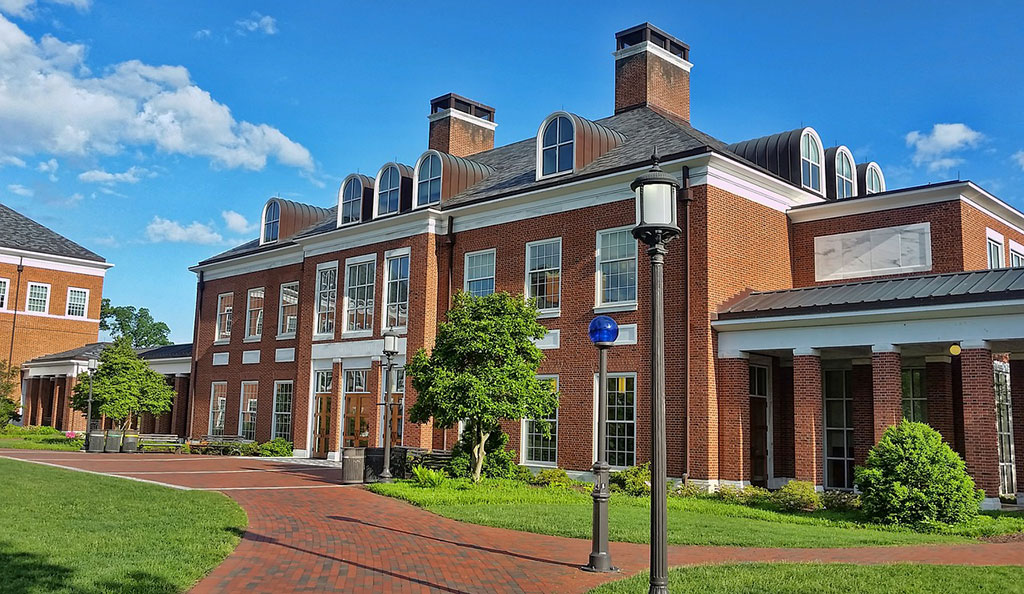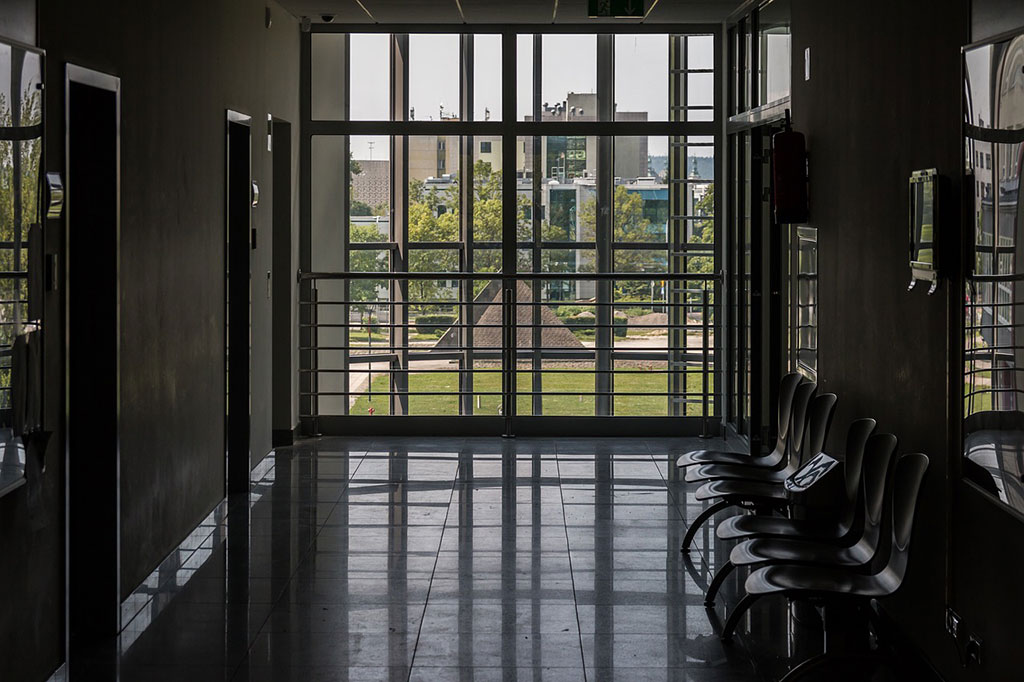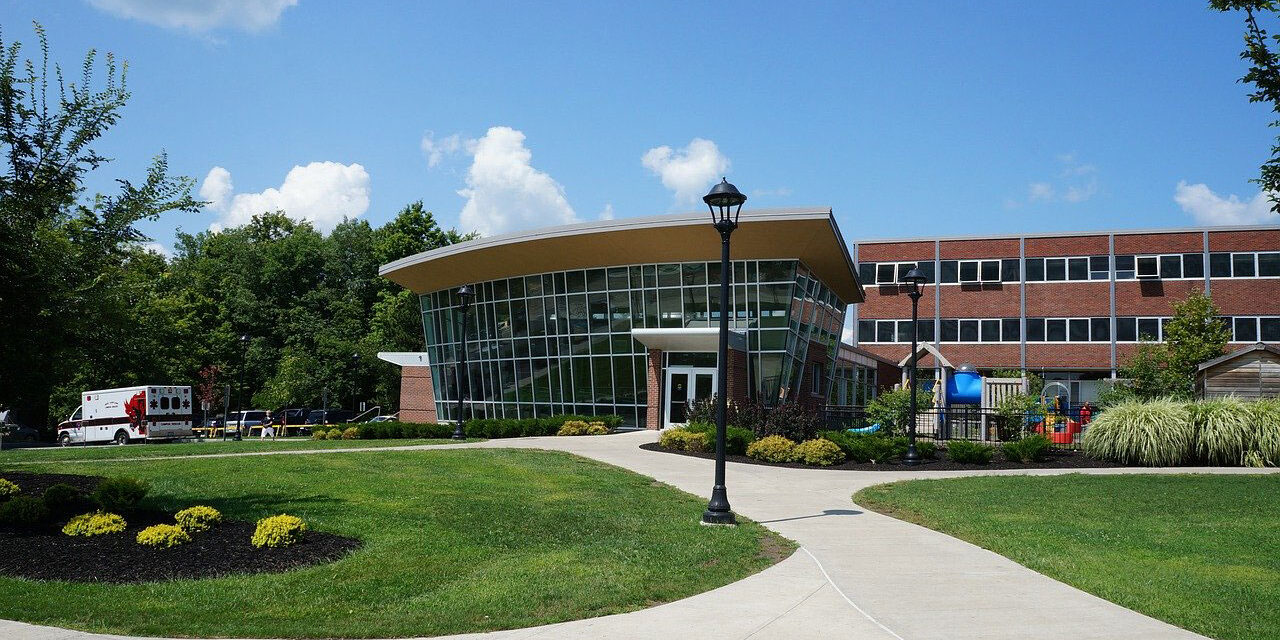From large metropolitan universities to primary public school buildings in small towns, educational leaders seek to provide the safest environment possible for students and staff, while still working within tight budget considerations.
With a multitude of challenges being faced by these leaders, the conundrum they face is how to create a safer education environment amid the current health crisis, within current budget restraints? They also need to address other ongoing safety concerns such as terror attacks, violence and severe weather.
As far as the COVID-19 health crisis, some school leaders are opting for a layered approach to improving the safety of their facilities, such as staggered attendance with one day where learning is offered virtually and another day for in-person training; to separating seating spaces and desks by a recommended six-foot circumference; to installing clear plastic shields between student spaces in the interior of the learning spaces; to installing new, high-output ventilating systems to exchange the air in buildings.
Window films may cost-effectively address many of these safety and health concerns that keep school leaders up at night.

Photo courtesy of the International Window Film Association
Window films, which are widely manufactured both in the United States and abroad, have proven to be a cost-effective choice for educational leaders that want to achieve the following:
- Lower energy costs
- Reduced fading and glare from sunlight
- Safer fenestration with the use of security and safety window films
- Window films that can be used as splash shields or clear curtains between desks or seating in open areas
Depending on the application, window films can range in thickness from one millimeter to 10 millimeters or about 3/8th of an inch thick. They are typically made of polyethylene. They also may have a scratch resistant coating on the outer surface to protect the film. There are many types of window films, including some that are clear and others that are multi-layered to protect against shattering glass; others are dyed with pigments, coated with specialty metals to reduce the amount of visible light transmitted through the glass, block heat, or reflect heat from interior back inside, much like low-e glass coatings.
Window films applied to existing may last upwards of 15 years and some building codes even specify a minimum manufacturer’s warranty of 15 years, which rivals the lifespan of costly replacement windows. Although they can be installed on the exterior of glass when necessary, most films are applied to the interior surface of a glass.
Window films from the International Window Film Association (IWFA) member manufacturers are rated for their performance by the National Fenestration Rating Council (NFRC) as are replacement windows. The IWFA is the largest nonprofit organization in the world with a mission of promoting the use of and educating the market about window films.

Image by Bruce Emmerling from Pixabay
Lower Energy Costs
Window film may block up to 80 percent of the sun’s heat or solar heat gain from passing through fenestration and into the interior space. Often this means that when the sun’s heat is at its peak during the day, window film is working to block that heat. This means an air conditioning system doesn’t have to work as hard to maintain comfortable temperatures and it also means that in areas where utility rates vary according to peak demand, that window film saves even more money on energy costs. For northern climates, window film with low-e coating can be installed, to reflect interior warmth back toward the interior space.
As a result of various recommendations that the interior air be changed out more frequently to help minimize the spread of virus, such as COVID-19, schools may face higher energy costs when they release conditioned air to the outdoors in an effort to exchange indoor air with fresh air. By reducing energy use overall, window films may help to mitigate the financial impact of this increase in air exchange.

Reduced Fading and Glare from Sunlight
All quality window films block 99 percent of the sun’s harmful UV-A spectrum, the part of the sun’s rays that contributes to fading and also contributes to harming both the skin and eyes in the for on skin cancer and cataracts. By blocking nearly all of sun’s the UV-A rays, the lifespan of furniture, floors and curtains may be increased versus being exposed to UV-A rays. Window films also may help to reduce the sun’s glare passing through glass and reflecting onto surfaces or one’s eyes indoors. The view from the interior to the outdoors may also be improved through the reduction of glare on the glass surface. Window films may also save on lighting costs by allowing in more natural sunlight, which has also been shown to improve health, as natural sunlight is an important factor for people’s natural circadian rhythm, the body’s internal clock.
Safer Fenestration with the Use of Security and Safety Window Films
Ordinary window glass when impacted may break into randomly shaped shards that can cause significant harm from cuts when handled or projected from a forceful impact such as a tree limb smashing through a window or from sound or blast waves caused by an explosion. Even safety glass that breaks into smaller granules or beads of glass may cause harm when projected forcefully inside and onto a person’s face and eyes. Safety and security window films also are being installed on windows and doors at ground floor level to help frustrate and possibly repel a person intent on harm from gaining entrance by just smashing the glass on a door or window and entering a building. Many safety and security windows films may even offer the same energy saving benefits as architectural window films. In order to guide schools leaders on what security and safety window films can and cannot do, the IWFA created a free guide that can be downloaded here.

Other Window Film Products
The window film industry created new products to help mitigate the impact of the COVID-19 virus. This includes individual face or splash shields that may help to prevent the spread of the disease. It may also be possible for manufacturers to offer splash shields or curtains that may be affixed between chairs, desks and others areas of the education space to prevent droplets that may emanate from breathing, coughing or sneezing. To make arrangements for custom products to be manufactured for educational organizations, the IWFA offers a free business locator service that can be found here.
About the author
 Darrell Smith, executive director of the International Window Film Association
Darrell Smith, executive director of the International Window Film Association
Darrell Smith is the executive director of the International Window Film Association (IWFA) and has over 45 years’ experience in marketing, sales, and distribution, with the last 35 years in the window film industry. The IWFA is an industry body of window film dealers, distributors, and manufacturers that facilitates the growth of the window film industry though the use of education, research, advocacy and consumer awareness
The International Window Film Association (IWFA) (www.iwfa.com) is a unified industry body of window film dealers, distributors, and manufacturers that facilitates the growth of the window film industry through education, research, advocacy and public awareness. Like us on Facebook, follow us on Twitter and see more information on YouTube.




